Clade Monocots | Clade Angiosperms Rank Species | |
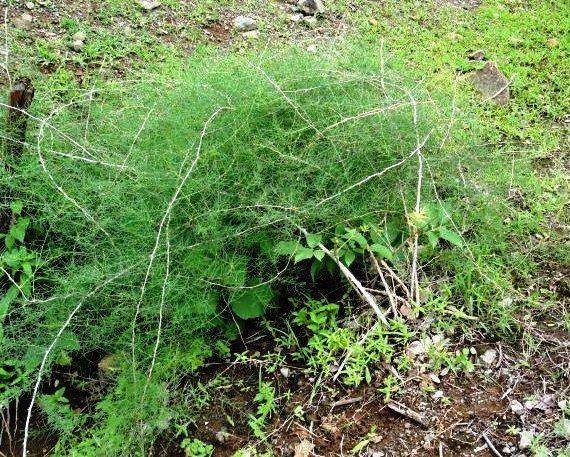 | ||
Similar Rennet, Heart‑leaved moonseed, Waterhyssop, Boerhavia diffusa, Indian gooseberry | ||
Shatavari asparagus racemosus benefits and uses
Asparagus racemosus (satavar, shatavari, or shatamull) is a species of asparagus common throughout Nepal, Sri Lanka, India and the Himalayas. It grows one to two metres tall and prefers to take root in gravelly, rocky soils high up in piedmont plains, at 1,300–1,400 metres elevation. It was botanically described in 1799. Because of its multiple uses, the demand for Asparagus racemosus is constantly on the rise. Because of destructive harvesting, combined with habitat destruction, and deforestation, the plant is now considered "endangered" in its natural habitat.
Contents
- Shatavari asparagus racemosus benefits and uses
- How to grow thanneervittan asparagus racemosus in your terrace poovali news7 tamil
- Leaves flowers and fruits
- Roots
- Uses
- Chemical constituents
- References
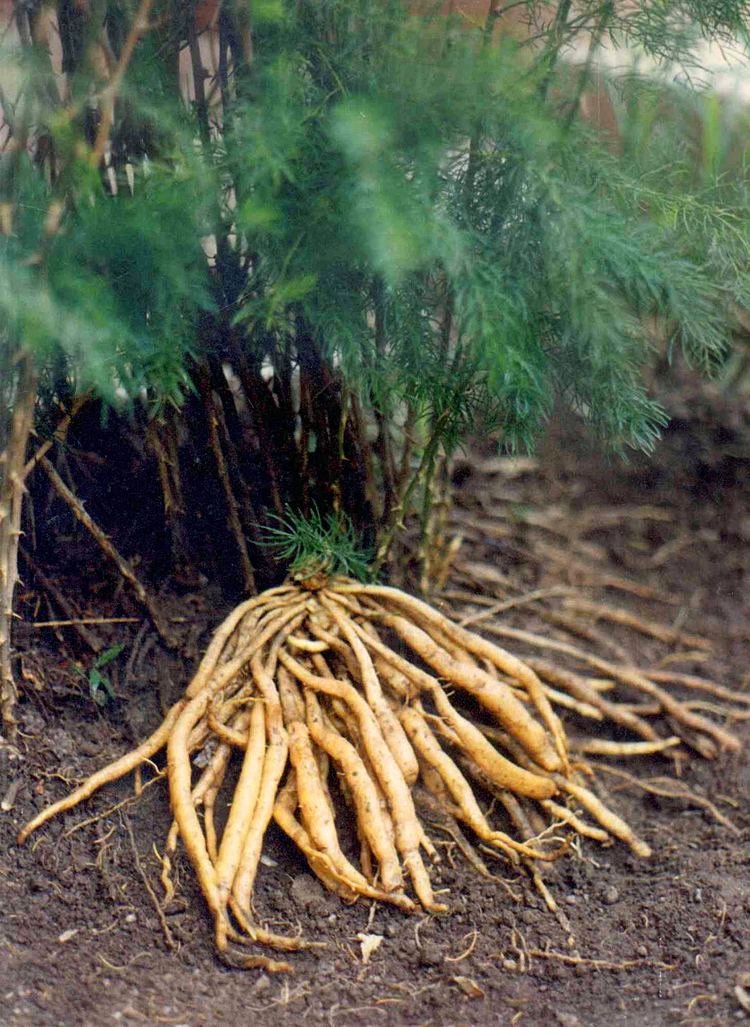
Asparagus racemosus (Shatavari) is recommended in Ayurvedic texts for the prevention and treatment of gastric ulcers and dyspepsia, and as a galactogogue. A. racemosus has also been used by some Ayurvedic practitioners for nervous disorders.
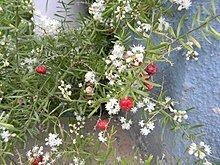
A few recent reports demonstrated some additional beneficial effects of this herb including antihepatotoxic, immunomodulatory, immunoadjuvant and antilithiatic effects.
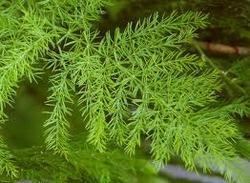
Shatawari has different names in the different Indian languages, such as shatuli, vrishya and other terms. In Nepal it is called kurilo. The name "shatawari" means "curer of a hundred diseases" (shatum: "hundred"; vari: "curer").
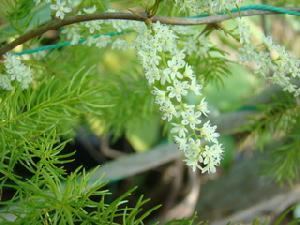
How to grow thanneervittan asparagus racemosus in your terrace poovali news7 tamil
Leaves, flowers and fruits
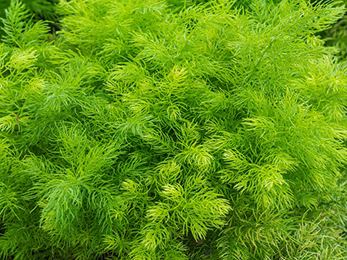
Satavar has small pine-needle-like phylloclades (photosynthetic branches) that are uniform and shiny green. In July, it produces minute, white flowers on short, spiky stems, and in September it fruits, producing blackish-purple, globular berries.
Roots
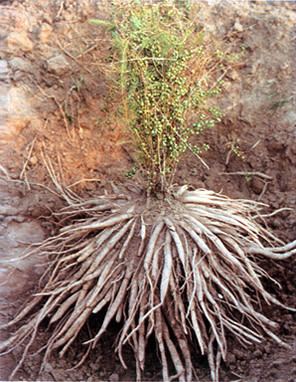
It has an adventitious root system with tuberous roots that measure about one metre in length, tapering at both ends, with roughly a hundred on each plant.
Uses
Asparagus racemosus is an important plant in traditional medicine in tropical and subtropical India. Its medicinal usage has been reported in the Indian and British Pharmacopoeias and in traditional systems of medicine such as Ayurveda, Unani and Siddha.
The roots are used in Ayurvedic medicine, following a regimen of processing and drying. It is generally used as a uterine tonic, as a galactogogue (to improve breast milk), in hyperacidity, and as a best general health tonic.
Chemical constituents
Asparagamine A, a polycyclic alkaloid was isolated from the dried roots and subsequently synthesized to allow for the construction of analogs.
Two new steroidal saponins, shatavaroside A and shatavaroside B together with a known saponin, filiasparoside C, were isolated from the roots of Asparagus racemosus.
Five steroidal saponins, shatavarins VI-X, together with five known saponins, shatavarin I (or asparoside B), shatavarin IV (or asparinin B), shatavarin V, immunoside and schidigerasaponin D5 (or asparanin A), have been isolated from the roots of Asparagus racemosus.
Also known is the isoflavone 8-methoxy-5,6,4'-trihydroxyisoflavone 7-O-beta-D-glucopyranoside.
